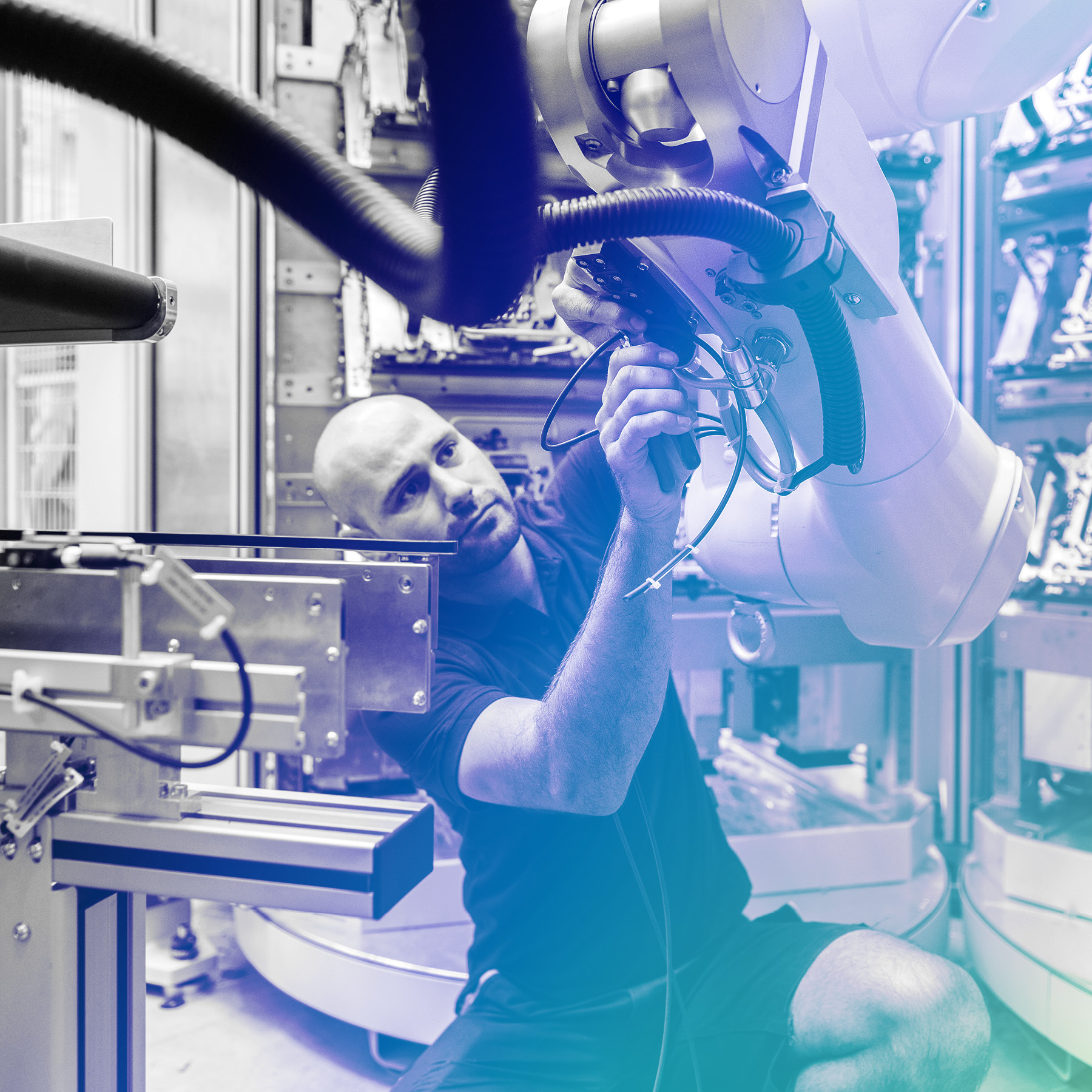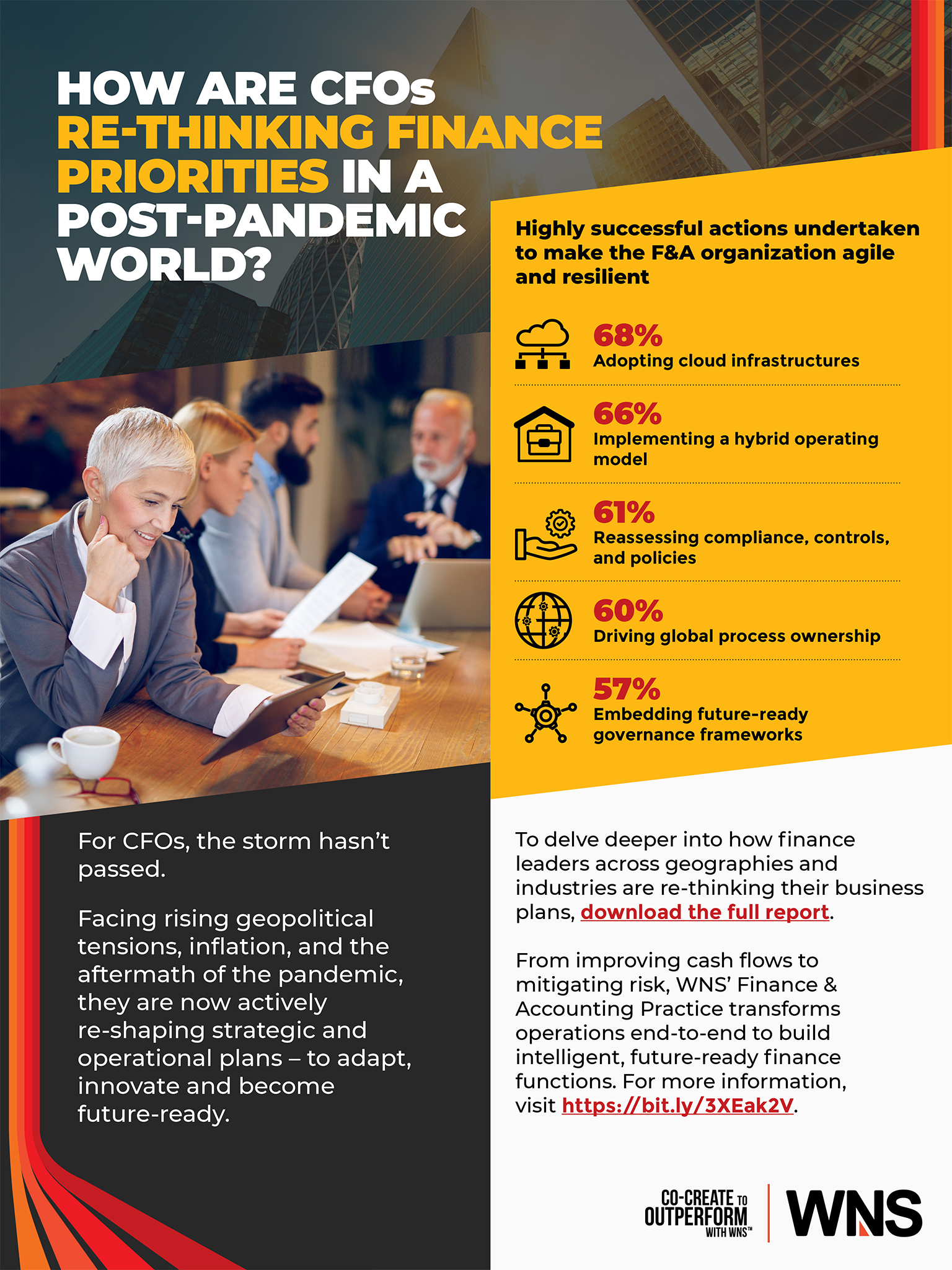Language
You can read the magazine in one of the following languages
Welcome to the future of work. The transformation is already upon us as organizations lay the foundations shaping the workplaces of tomorrow.
Momentous trends, such as workplace flexibility and employee wellbeing, accelerated during the pandemic and became permanent fixtures in 2022, thanks in part to a buoyant economy and headline-grabbing, employee-led revolutions such as the Great Resignation and “quiet quitting”.
Now, 2023 is set to become another pivotal year in the changing nature of work. Organizations are tasked with redefining and managing employee expectations as the world is further impacted by significant geopolitical challenges.
The global post-pandemic economy is also entering a pronounced slowdown, with inflation, debt and rising unemployment all piling up on the boardroom table.
At the same time, employers are starting to incorporate automation and AI solutions, including an ambitious re-tooling of the workforce to deal with the inevitability of these changes. In modern parlance, it’s “a lot” for organizations and their employees.
According to Ben Hamer, Future of Work Lead at PricewaterhouseCoopers (PwC) Australia and author of The Kickass Career: How to Succeed in the Future of Work, 2023 will see another significant tipping point.
“Moving from an environment where there were more job vacancies than job seekers, organizations were at the whim of needing to try and attract and retain the best talent,” he says.
“Now, we can expect the balance of power will swing slightly back to the middle. So there will be a greater level of control and an ability to drive top-down change from the CEO’s perspective.”

“Maintaining employee engagement and productivity will be important as hiring freezes come to the fore.”
- Ben Hamer
Hamer asserts that if 2022 was the year of growth, 2023 will be the year of efficiency and productivity, which will naturally have a significant impact on people management.
“Maintaining employee engagement and productivity will be important as hiring freezes come to the fore,” he says.
“When going through the recruitment cycle, a critical piece is how business repurposes roles so they’re not increasing the size of their footprint from a workforce strategy perspective.”
Therefore, right-sizing will be essential. “Part of that is an organizational redesign piece. So critically evaluating when a role becomes vacant.
“Do organizations backfill it with the same kind of role at the same level, with the same salary, or do they repurpose the role they’ve already got funding for into something more mission-critical and more aligned to strategy?” he explains.
People management strategy is further complicated by the onslaught of rapid technological changes as organizations are forced almost psychically to foresee future roles, skills and job descriptions. A report by Fathom says 25–40 percent of jobs are set to be automated by 2030.
“Almost every role will be impacted by automation in most industries in some way, shape or form,” Hamer states. “But when we see an increase in the need for digital skills, we see a corresponding increase in the need for human skills.”
He says building digital dexterity into organizations’ people-management processes is essential for future business success. “Building foundational digital literacy is imperative across the workforce,” he adds. “It’s not about being replaced by technology, it’s about being able to work with technology.”

“It’s not about being replaced by technology, it’s about being able to work with technology.”
- Ben Hamer
Sarah McCann-Bartlett, CEO and Managing Director of the Australian Human Resources Institute, agrees. “Digital dexterity reflects how urgently and consistently businesses need to upskill,” she said.
“Organizations must consider future capability and create an environment where it’s easy for employees to learn and provide the tools and funding to do so.”
She says it’s also worth factoring the existing capability gap into the equation. “CEOs and boards need to ensure that people and culture programs and learning and development budgets are seen as priorities as it’s important to improve the internal capability of the people you already have.
“To achieve this, it’s important to maintain employee engagement through a positive and inclusive workplace culture.”
When looking outside of the organization, fierce competition still exists in sourcing and attracting top talent.
“The reward and recognition factors are becoming more important,” McCann-Bartlett says. “What would have been seen as benefits previously, such as excellent opportunities for training and flexible working, have become an expectation,” she said.
“As a result, employers found themselves having to be much more creative in what sets them apart.”

“Training opportunities and career development aren’t strictly vertical anymore.”
- Sarah McCann-Bartlett
That includes creative remuneration packages. “In 2022, we saw ridiculous sign-on and retention bonuses where people were paid lump sums of money not to quit,” McCann-Bartlett notes.
“Organizations talk about more flexible benefits packages, whether it’s increased allowances around study leave and training, personalizing wellbeing and health insurance extras rather than this one-size-fits-all packages – or doggie daycare.”
This broad-reaching thinking extends to corporate responsibility, social consciousness and purpose. Hamer notes that companies are explicitly stating their values when hiring new talent.

“These are now factors that will make employees decide for one organization over another,” he explains.
That is why crystal-clear employee value propositions are essential, McCann-Bartlett says. “Some of that is around culture. Employees now ask whether the organization’s values and behaviors align with their own.
“For example, would I be proud to work for this organization? Even more critically, do I like the people I work for? This notion consistently comes up in research as really interesting and important to employees.”
Notably, the flexibility and autonomy of flexible work models will remain a top HR priority and will become a standard way of attracting talent in a fiercely competitive workplace.
‘Balancing Act’, a PwC report that looked at hybrid working preferences found that 69 percent of workers want to work hybrid.
In addition, while 27 percent wanted to work entirely from home, only four percent wanted to work full-time in the office.

“We’re starting to see asynchronous working hours or allowing employees to choose their schedule.”
- Sarah McCann-Bartlett
“There has been much debate about offering hybrid work to attract talent in this competitive workplace,” Hamer acknowledges.
“Our research found that the number one benefit of working from home was saving money, which in this current environment is a big concern.”
“Yet, CEOs and leaders are obsessed with getting people into the office. We will see that trickle through now that senior leaders have more of a platform to enforce it, despite research showing that employees are more productive working from home. However, consulting employees on this issue and providing them with a voice is supercritical.”
McCann-Bartlett says the trend of flexibility goes beyond working remotely. “We’re starting to see asynchronous working hours or allowing employees to choose their schedule,” she says.
“So, for example, employees may not go to team meetings but watch a recorded version and then provide input post-meeting. Another trend is offering extra time working from their holiday destination.”
These trends directly reflect how the pandemic has made people reevaluate work’s role in their lives. “Employees want more purpose from their work and how it’s integrated into their lives,” Hamer acknowledges.
“So from a management perspective, leaders need to articulate how an individual’s role contributes to the delivery of the organizational strategy.”
This sense of purpose is further enforced when organizations greenlight employee passion projects. “Training opportunities and career development aren’t strictly vertical anymore.
“For example, an employee who doesn’t have a role in digital technology, but they’ve always been passionate about it,” McCann-Bartlett says.
“So it’s not necessarily about them changing roles completely, but expanding their remit to align with their own interests and passions.”

“We must upskill our HR teams and line managers to manage this challenging environment.”
- Sarah McCann-Bartlett
As we all face an uncertain future with the cost of living and workloads increasing, embedding wellbeing and expanding employee assistance programs into the culture will be a critical focus.
“We must upskill our HR teams and line managers to manage this challenging environment,” McCann-Bartlett adds.
“It’s also upskilling managers because financial worries can be all-consuming. And if you have employees who are struggling financially, that can have an effect on productivity and employee wellbeing. It could be bringing in advisors who can provide information and support in terms of where employees are struggling.”
With so many short-term issues in our workplaces, it can be easy to forget about the long view and how we prepare our businesses for these changes.
“We also need to provide our organizations with the time and space to prepare strategically for the long-term and ensure that we all have the capability and resources to address these issues,” McCann-Bartlett says.
“Otherwise, we’ll be faced with another crisis, and we’ll have to respond tactically, not strategically.”
